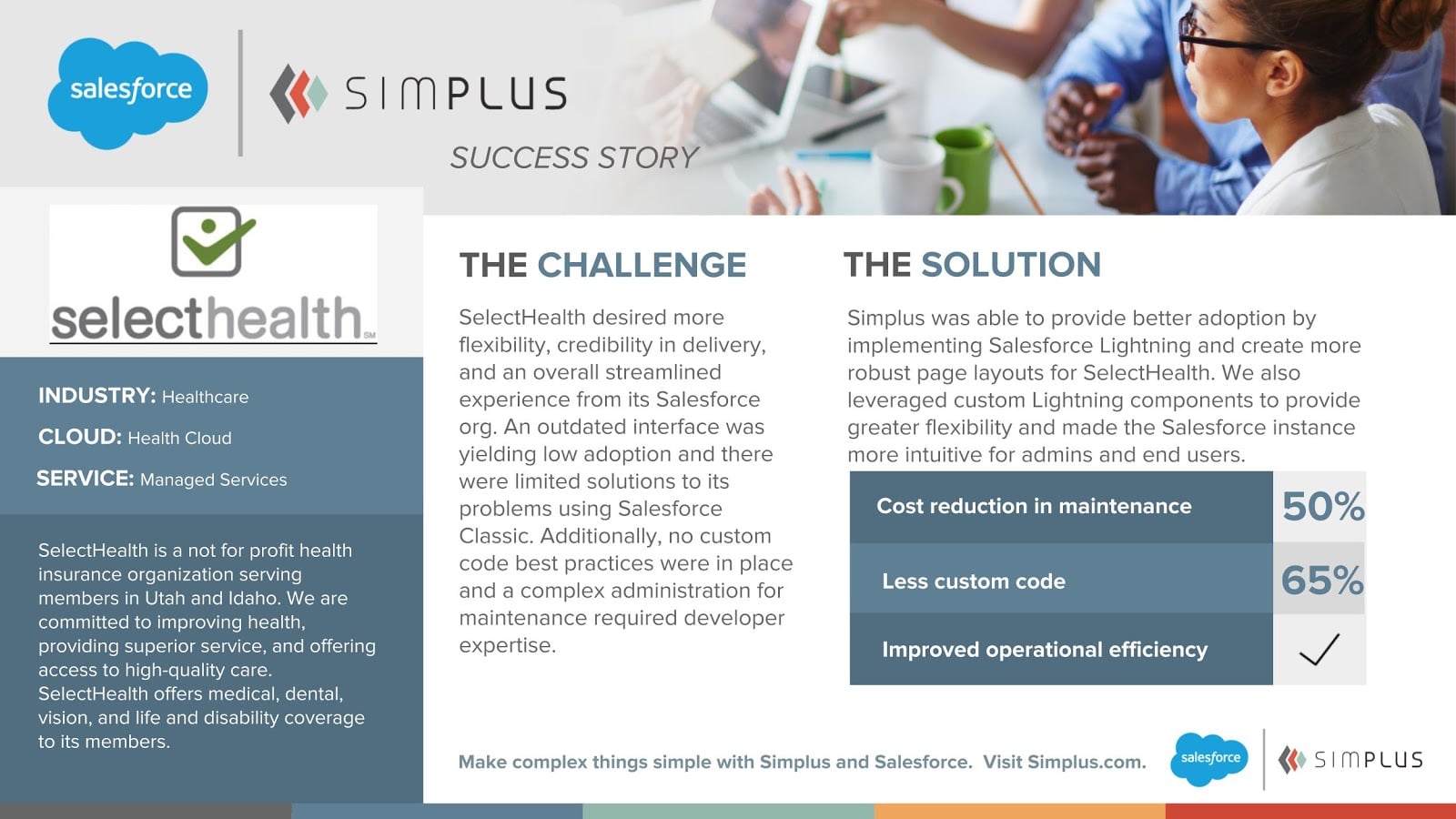Nearly ten million people die every year from ischemic heart disease, according to the World Health Organization, making it the number one cause of death in the world. Heart disease also takes the lead in the U.S., killing over 600,000 annually, according to the Centers for Disease Control. What if big data could change those numbers?
Big data is just what it sounds like: a vast amount of information compiled into a huge reservoir that can be accessed and analyzed to reveal patterns. In a healthcare setting, revealing these trends has the power to transform the way we view and manage our health. Here are three ways that those changes will happen, through the technological revolution of healthcare, improved data analysis, and consumers taking more control of their health.
Healthcare is experiencing a technological revolution
Advances in technology are exploding in every industry, and healthcare is no exception. Due in part to the ever-growing aging population, consumers in the U.S. spent nearly $3.5 trillion on healthcare in 2017 alone. In addition, the Bureau of Labor Statistics estimates that healthcare will add more new jobs than any other industry by 2024. That makes for some fertile ground for technological advances.
For example, healthcare providers have been collecting health information on patients for many years. The data from these health records has been tucked away, a virtually untapped resource gathering dust in color-coded folders. But while older medical records are paper-based, today, electronic health records (EHRs) are becoming more prevalent—making all that valuable health data easily accessible and opening a world of possibilities in evidence-based trend analysis.
Data analysis drives change
The digitalization of health records is challenging in light of patient privacy laws and the huge variety in format, but making all of that data accessible will change the way healthcare is approached. Researchers can track the data to discover actionable information that will positively impact outcomes, and uncovering evidence-based trends will give providers a deeper understanding of best practices and increased efficiencies.
Reimbursement methodologies are also changing thanks to big data. The traditional fee-for-service model is making way for value-based care. With the dying fee-for-service method of payment, providers and caregivers are paid according to the procedures they perform. However, the information gathered from analyzing healthcare data is allowing organizations to reward providers based on health outcomes. This value-based care methodology has the potential to reduce healthcare costs for the consumer while empowering providers to make better decisions, thus improving quality of care and patient experience.
Consumers are taking control of their health
Big data is not just rocking the world of healthcare delivery. With technology at their fingertips, or in many cases, around their wrist, consumers are taking a more active role in their health and wellness. What’s more, health insurance companies like Humana and UnitedHealth Group are jumping onboard to partner with the makers of wearable technology, offering their clients incentives such as personalized coaching for improved health or cash awards based on their level of activity. Personal fitness is a great start, but it’s only the tip of the iceberg.
In recent years, an increasing number of devices are allowing consumers to keep a close eye on their health conditions. For example, blood sugar levels can be monitored using an iPhone, giving people with diabetes the ability to closely monitor their levels and avoid spikes and dips. That’s not all, after working with the Food and Drug Administration for years, Apple announced in December of 2018 that Apple Watch Series 4 users can now download an ECG app that will allow them to capture an electrocardiogram from their wrist. These captured heart rhythms can be stored in the Health app on their iPhone and shared with physicians as the need arises. The Apple Watch won’t eliminate heart attacks, but it’s certainly a step in the right direction.
Continuing technological advances and access to an ever-increasing pool of data will drive the transformation of healthcare. In fact, this is just the beginning. With wearable technology, holographic imaging, artificial intelligence, reimbursement reform, improved analytics, gene therapy, and other innovations in the early stages, better care and improved outcomes are a foregone conclusion. In fact, different healthcare sub-industries are already starting to leverage data for better care; between streamlining patient financing at Prosper Healthcare Lending, leveraging Salesforce Health Cloud to organize data with less custom code for healthcare insurers like SelectHealth, and improving the operational efficiency for medical device manufacturers like Moog, data is creating lower costs and better care for patients.

So, will big data save lives? Undoubtedly.
Want results like those at Moog, SelectHealth, and Prosper—all Simplus clients? Reach out to our expert team today.






















































0 Comments